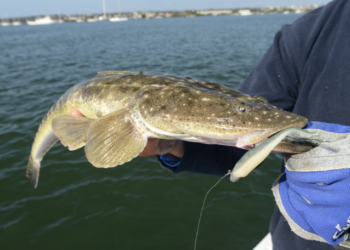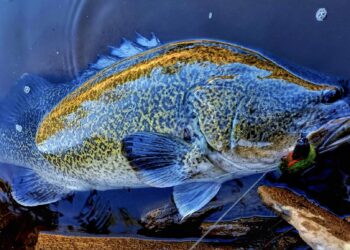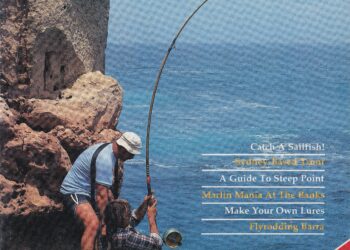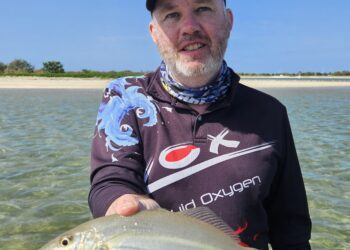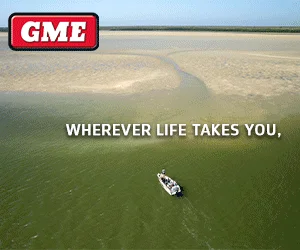It’s easy to take rod building terminology for granted. This article will hopefully provide you the basics of what essential components go into building a rod.
The blank
The blank is the basis of the fishing rod. It’s the tubular section of the rod which, in most cases, is made on a mandrel – a mould for a particular model or style of blank. There’s nothing attached to a blank, it’s just a cylinder for the rod to be built on. Each blank building company will have its own recipes for their particular brand or style of blanks. Blanks can be made out of fibreglass, graphite/carbon, a mix of carbon and fibreglass or even Boron. The blanks will all have varying degrees of actions and tapers.
The butt
The butt of the blank is the thickest part at the opposite end from the tip. The butt is extremely important because it’s the end where the greatest amount of power is felt. On game rods the butt can be a gimbal fitting which is designed with a slot to fit into a cross pin on a game chair or gimbal belt. On a light fly rod the butt may just consist of the fly reel seat alone. I always glue the butts of my rods with 24 hour Araldite to get the best adhesion possible.
The grips
Grips are the “handles” on the rod and they can be made from any number of materials. I’ve seen everything from EVA, Hypalon, cork, custom wood, leather, snake/fish skin, cord, carbon tubing, etc. I personally really like the look and feel of EVA and cork.
The reel seat
The reel seat, as the name implies, is the area of the rod where your fishing reel is positioned. The main function of the seat is to provide a firm platform for the reel so it can’t move around or, in a worst case scenario, fall off. The reel seat consists of the barrel, which is the main cylinder of the seat, and the hood, the part of the seat which is loosened or tightened to fit your reel. The rear hood which is stationary acts as an anchor point for one of your reel legs fixing it to the rod. My favourite at the moment are the customised Fuji seats from Matagi in Japan. They are beautifully customised – like jewellery on a fishing rod.
The guides
The guides are those rings sitting under or on top of the rod. Their purpose is to provide a smooth transition for line running off the front of the reel when casting or retrieving. The guides also bring in the action of the rod allowing the shock absorbing quality of the rod to take effect. There are literally hundreds of guide styles for each and every style of fishing and they can become quite confusing unless you do your research first. Some of the best guides, in my opinion, are from Fuji.
The tip
The tip of the rod is the part of the rod closest to the fish and furthest from the fisho. The tip plays a huge role in how the rod performs and is the first point of contact on the rod where pressure (friction) is felt when a fish takes the bait.
Winding checks
Winding checks are the rubber or metal decorative rings which are often used behind or in front of reel seats or at the front of the front grip. The rings are in most cases a decorative enhancement and serve no real purpose on the rod, apart from a bit of “bling” factor!
I’ve only just touched the surface of rod building terminology but you can see that each of these areas could be a whole subject on their own. For more info on rod building and how to get in into it, ask at your local tackle shop.













